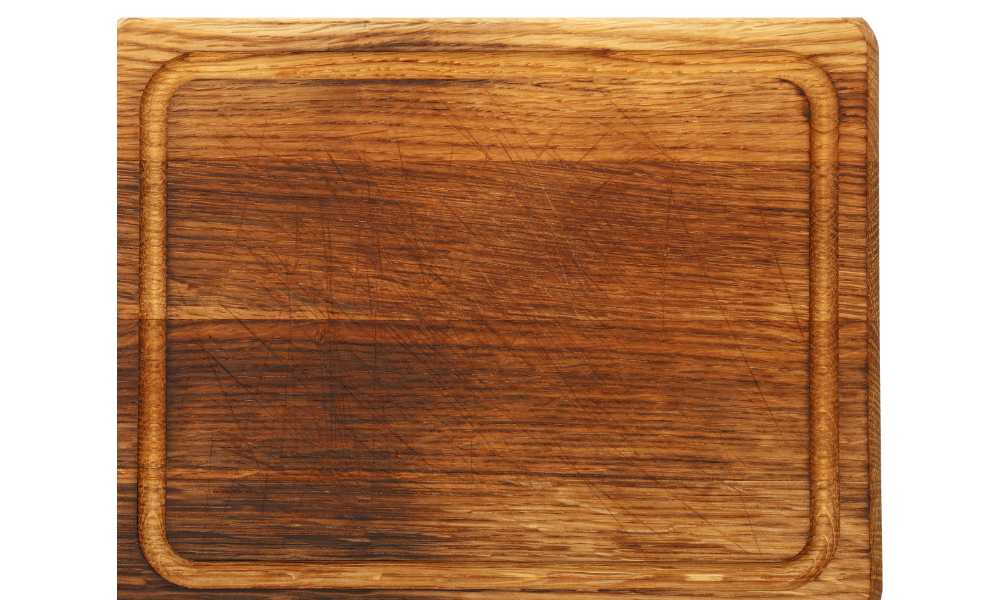Keeping your kitchen tools clean is essential for maintaining a healthy cooking environment, especially when it comes to your cutting boards. White cutting boards are popular for their sleek look, but they easily show stains and grime, making regular cleaning a necessity. In this guide on how to clean a white cutting board, we’ll cover effective methods to remove stains, disinfect the surface, and keep your board looking pristine. Whether you’re dealing with stubborn food marks or lingering odors, these tips will ensure your cutting board stays spotless. Follow along to discover the best cleaning practices and protect your kitchen from harmful bacteria.
Understanding the Material of Your White Cutting Board
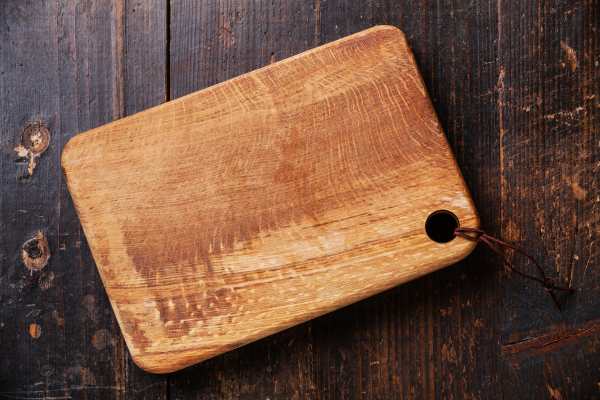
Understanding the material of your white cutting board is key to effective cleaning. White cutting boards are commonly made from plastic, wood, or bamboo, and each material requires a different cleaning approach. Plastic cutting boards are non-porous and easy to clean with hot water and soap, but they can stain easily over time. Wood cutting boards, being more porous, need extra care and should be cleaned gently with mild soap and water to avoid soaking in moisture. Bamboo cutting boards are more resistant to bacteria and stains, requiring gentle cleaning and occasional oiling to maintain their surface. Knowing your board’s material helps ensure the right cleaning method for long-lasting use.
Common Stains and Issues with White Cutting Boards
White cutting boards are prone to common issues like stains, knife marks, and lingering odors. These boards tend to show stains from colorful foods such as tomatoes, beets, and turmeric more clearly than darker boards. Knife marks also become more visible, creating grooves where bacteria can hide, making thorough cleaning essential. Odors from garlic, onions, or fish can cling to the porous surface of some materials, leaving an unpleasant smell. Because of their bright surface, any discoloration or damage is more noticeable, which is why it’s important to address these problems quickly and use proper cleaning methods to maintain your white cutting board’s hygiene and appearance.
Essential Cleaning Tools and Supplies
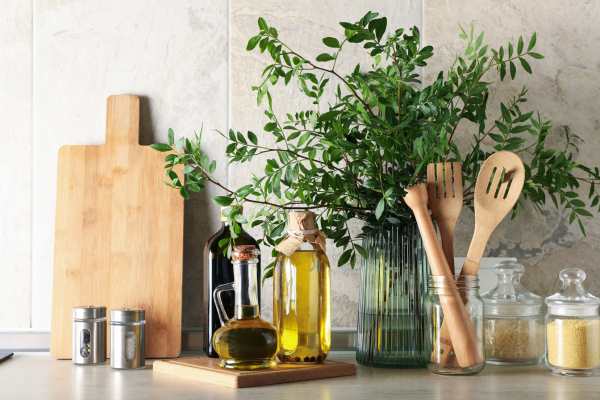
To keep your white cutting board spotless, having the right cleaning tools is essential. Basic supplies include dish soap, which helps remove grease and food residue, and bleach for disinfecting and eliminating bacteria. Baking soda works wonders for scrubbing away tough stains, while vinegar acts as a natural disinfectant and deodorizer. A good scrubbing brush is key for getting into knife grooves and removing stuck-on grime. For stubborn stains, a combination of baking soda and vinegar can lift discoloration effectively. By using these essential cleaning products, you’ll maintain your cutting board’s cleanliness and extend its lifespan, ensuring a hygienic kitchen environment.
Daily Cleaning Routine for White Cutting Boards
Maintaining a clean white cutting board requires a simple daily routine. After each use, start by rinsing off food residue under warm water to prevent stains from setting in. Use a mild dish soap and a soft sponge to scrub both sides of the board thoroughly. Pay extra attention to knife grooves where food particles might get trapped. Rinse the board again with warm water and allow it to air dry standing upright, ensuring proper airflow to avoid moisture buildup. This daily cleaning routine not only prevents staining but also keeps your white cutting board free from harmful bacteria and ready for the next use.
Removing Stubborn Stains from a White Cutting Board
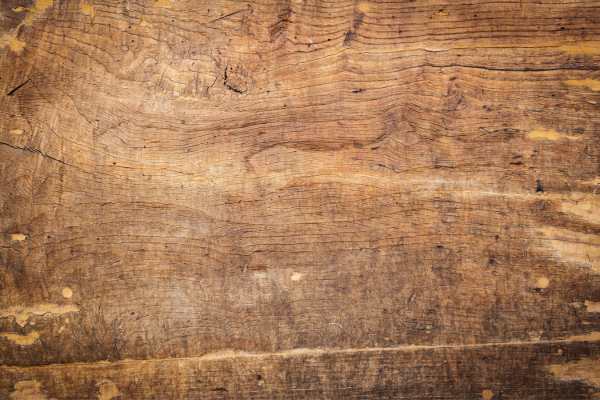
Removing stubborn stains from a white cutting board can be challenging, especially with stains from turmeric, beetroot, and coffee. To tackle these tough spots, natural solutions like baking soda and lemon juice work wonders. Create a paste with baking soda, apply it to the stained area, and scrub gently with a brush. For a deeper clean, rub the surface with lemon juice and leave it to sit before rinsing. Chemical solutions like diluted bleach or hydrogen peroxide are effective for more persistent stains. Apply carefully, scrub, and rinse thoroughly. Regular cleaning with these methods will keep your white cutting Slab looking fresh and stain-free.
Disinfecting Your White Cutting Board: Methods and Tips
To properly disinfect your white cutting board and keep it free from harmful bacteria, it’s essential to use the right methods. A mixture of bleach and water is a powerful option for sanitizing, while hydrogen peroxide is a gentler alternative that works well for killing germs. For a more natural approach, vinegar effectively cleans and disinfects without harsh chemicals. To avoid damage, always rinse thoroughly and avoid letting harsh solutions sit too long on the Slab. Be sure to dry your cutting Slab completely to prevent moisture buildup, which can encourage bacterial growth. Regular disinfection will keep your Slab both clean and safe for food preparation.
How to Deodorize Your White Cutting Board
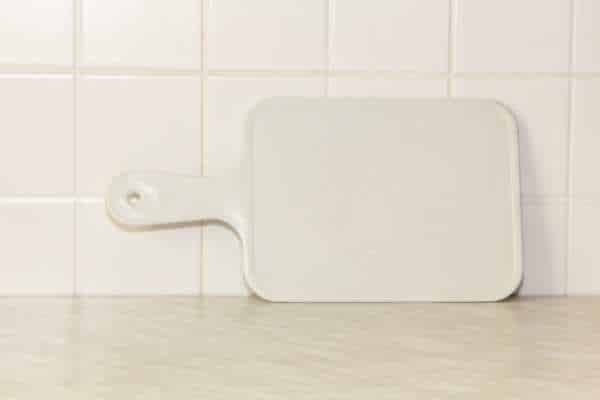
If your white cutting board has absorbed strong odors like garlic or onion, simple household ingredients can effectively remove them. Baking soda is a powerful deodorizer. Sprinkle it on the board, scrub gently with water, and rinse thoroughly. Lemon is another natural solution. Rub half a lemon over the surface, allowing the citric acid to neutralize the smell. For a stronger approach, use vinegar. Soak the Slab in a mixture of vinegar and water for several minutes, then rinse and dry. These natural methods are safe, easy, and leave your barbed Slab fresh and odor-free, ensuring a clean kitchen environment.
Preventing Future Stains and Odors
To keep your white cutting board stain- and odor-free, regular maintenance is key. After each use, wash it immediately with warm water and mild soap to prevent stains from setting in. For extra protection, use a mixture of baking soda and water as a scrub to lift stubborn stains. Applying a vinegar rinse once a week can help eliminate lingering odors and sanitize the Slab. To maintain its whiteness, avoid barbed highly pigmented foods like beets without a protective layer, such as parchment paper. Regular cleaning and proper care will keep your barbed Slab looking fresh and extend its lifespan.
Mistakes to Avoid When Cleaning a White Cutting Board
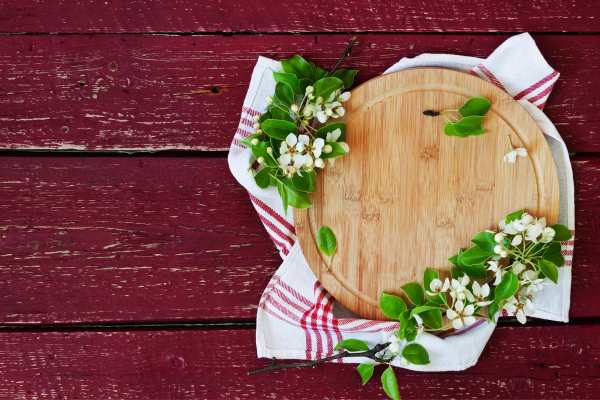
White cutting board, it’s important to avoid common mistakes that can damage its surface. Using abrasive tools like steel wool or harsh scrubbers can leave scratches that trap bacteria, making it harder to clean in the future. Avoid using strong chemicals like bleach in high concentrations, as they can weaken the material and cause discoloration over time. Stick to gentle cleaners like mild dish soap and natural alternatives like vinegar or baking soda. Excessive heat, such as placing the Slab in the dishwasher, can warp or crack certain materials. Taking care to avoid these mistakes will help maintain your barbed Slab longevity and appearance.
Deep Cleaning and Maintenance
To maintain maximum hygiene, it’s important to deep clean your white cutting board regularly. Ideally, you should perform a deep clean once a month to remove stubborn stains, bacteria, and odors that daily cleaning might miss. Start by scrubbing the Slab with a mixture of baking soda and water to lift stains. Then, disinfect the surface with a diluted bleach solution or vinegar to kill any lingering germs. Rinse thoroughly and let it air dry completely. For wooden or bamboo Slab, apply food-grade mineral oil after deep cleaning to prevent cracking or warping. Regular deep cleaning ensures your barbed Slab stays clean, safe, and long-lasting.
Conclusion
Conclusion, knowing how to clean a white cutting board effectively is essential for keeping your kitchen tools hygienic and long-lasting. Regular cleaning prevents the buildup of bacteria, stains, and odors, while deep cleaning ensures thorough sanitization. Whether your Slab is made of plastic, wood, or bamboo, using the right cleaning methods will help maintain its pristine appearance and functionality. Incorporating simple, consistent care routines will protect both your barbed Slab and the food you prepare. Follow these easy steps to ensure your white barbed Slab stays spotless and ready for all your culinary needs. Keep your kitchen clean and your Slab in great condition with proper care.

